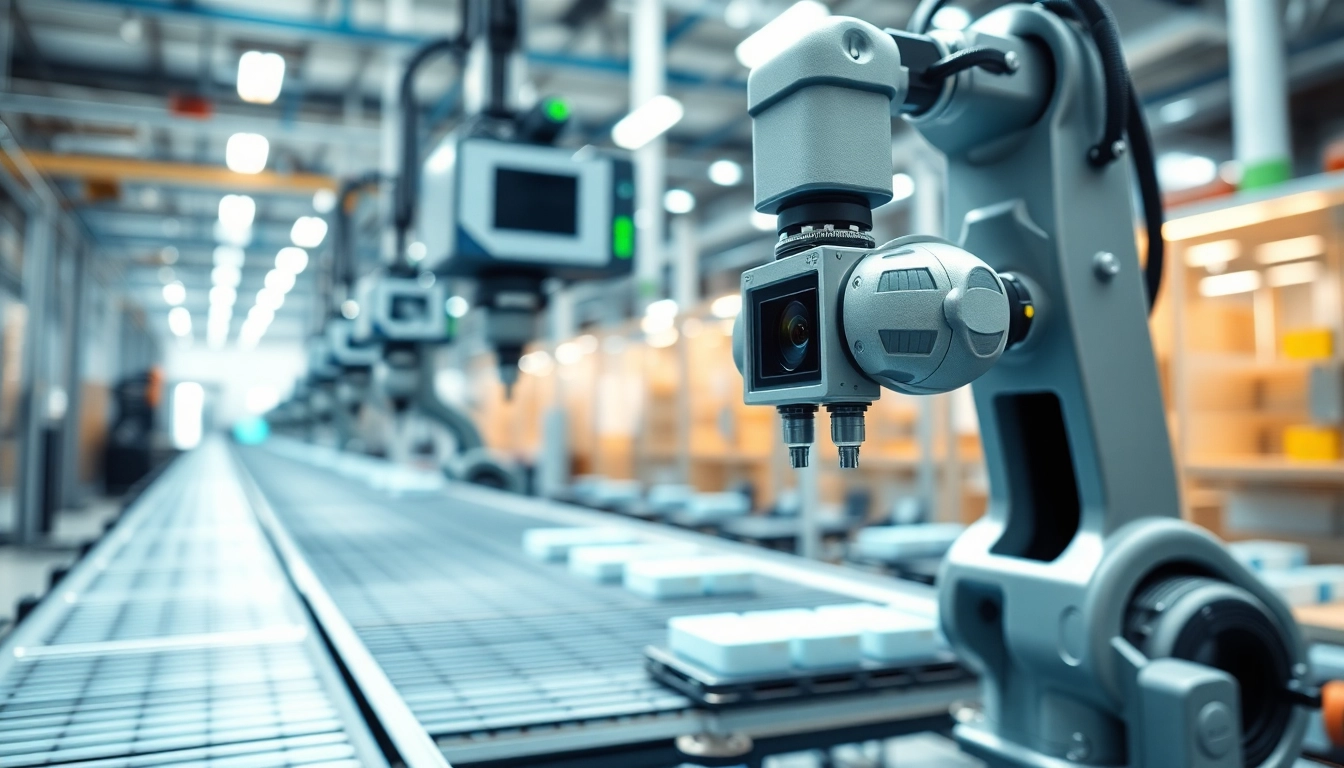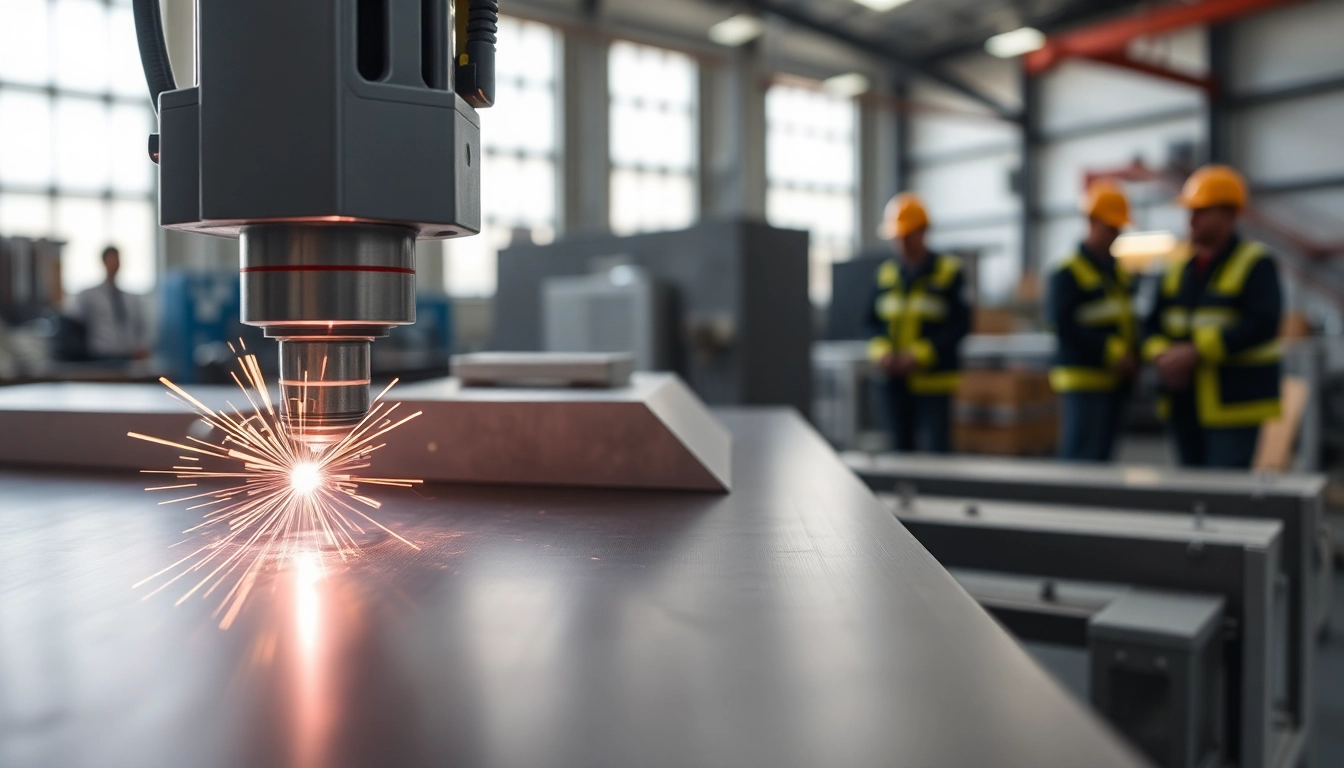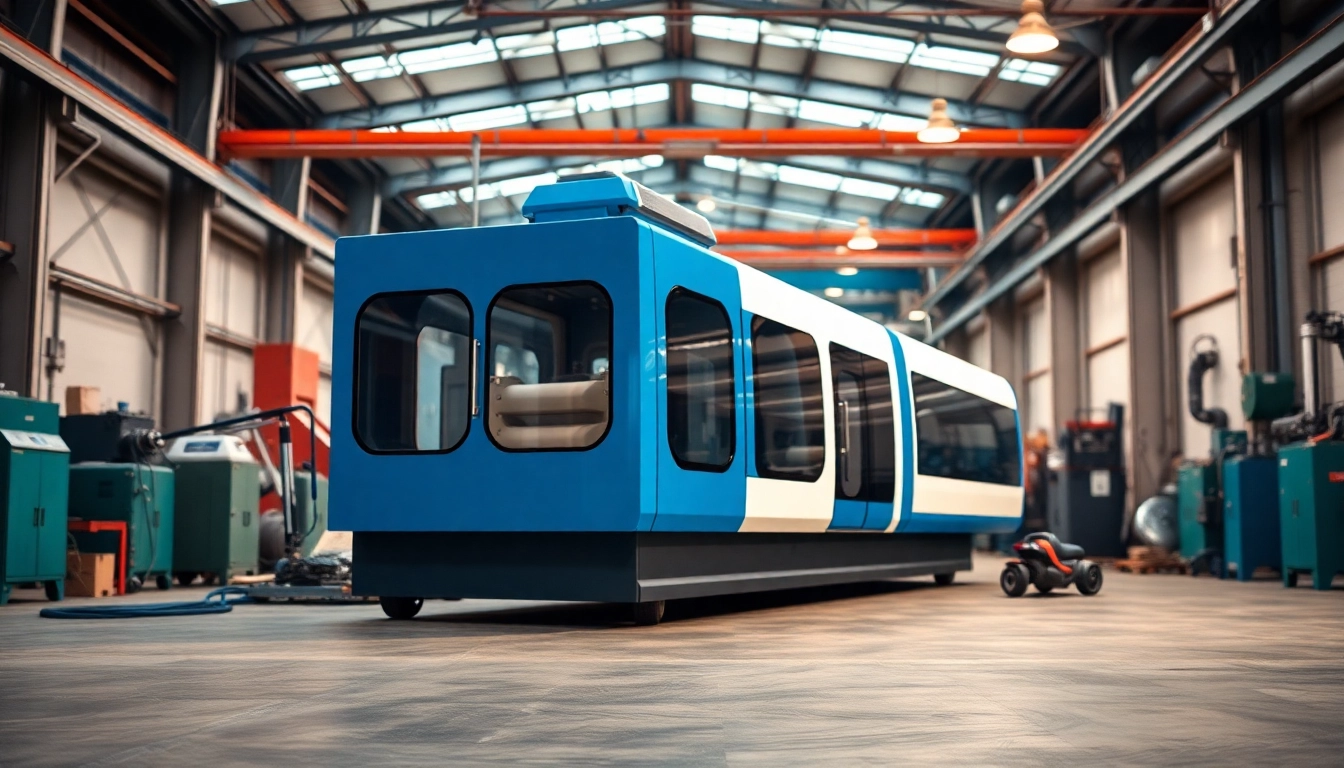What is Machine Vision?
Definition and Overview
Machine vision refers to the technology and methods used to provide imaging-based automatic inspection and analysis. It encompasses various processes that enable machines to interpret visual data and make decisions based on that information. Simply put, machine vision allows industrial equipment, robots, and other automated systems to “see” and analyze their surroundings.Machine vision is at the core of many automated systems that require precision and accuracy, particularly in industries such as manufacturing, automotive, and food processing.
Key Components of Machine Vision
The effectiveness of machine vision systems relies on several key components:
- Cameras: These capture images and are often equipped with specialized optics for enhanced performance and accuracy.
- Lighting: Adequate lighting is crucial as it affects image clarity and quality. Different tasks may require specific types of lighting, such as coherent or diffuse lighting.
- Processing Hardware: This includes the computers and processors that run machine vision software to interpret captured images.
- Software Algorithms: Advanced algorithms analyze images, extract features, and make decisions based on predefined criteria.
Application in Various Industries
Machine vision technology has permeated multiple industries, driving efficiency and accuracy in various applications. Here are some notable examples:
- Manufacturing: In factories, machine vision allows for quality control by inspecting products for defects and ensuring they meet specified standards.
- Healthcare: In the medical field, machine vision can assist in analyzing medical images, contributing to quicker and more accurate diagnostics.
- Transportation: Autonomous vehicles rely heavily on machine vision to navigate and identify obstacles, ensuring safe operation.
- Food and Beverage: Machine vision systems are employed in packaging lines to inspect for label accuracy and package integrity.
The Technology Behind Machine Vision
Cameras and Imaging Sensors
The choice of cameras and imaging sensors is critical in machine vision systems. Understanding the differences between various types of cameras, such as area scan cameras and line scan cameras, helps in selecting the right equipment for specific applications. Area scan cameras capture two-dimensional images while line scan cameras capture images one line at a time, making them suitable for applications like print inspection and web inspection.
Software Algorithms and Processing
Advanced algorithms utilize techniques such as image segmentation, pattern recognition, and machine learning to analyze visual data. These algorithms can be trained to distinguish between different products or components, improving their efficiency over time. Integration with AI and machine learning further enhances the capabilities of machine vision systems, allowing them to adapt and learn from new data inputs.
Integration with Automation Systems
Machine vision systems often work in conjunction with automation equipment. For example, robotic arms equipped with machine vision can pick and place items with precision. The integration of these systems reduces the need for human intervention, thus minimizing errors and increasing production speeds. This seamless integration is vital for enhancing operational efficiency in industrial applications.
Benefits of Using Machine Vision Systems
Improving Quality Control
One of the primary advantages of implementing machine vision is the enhancement of quality control processes. With the capability to consistently monitor and inspect products in real-time, companies can quickly identify defects and ensure that only conforming products reach consumers. This not only reduces costs associated with returns and rework but also boosts customer satisfaction by consistently delivering high-quality products.
Enhancing Efficiency and Speed
Machine vision systems can operate at speeds unmatched by human inspectors. They can analyze products and make decisions within milliseconds, significantly increasing throughput in production lines. This efficiency is particularly important in industries where speed-to-market is critical, allowing companies to respond to market demands swiftly.
Cost-Effectiveness and Return on Investment
Investing in machine vision technology can yield significant returns over time. By reducing labor costs, minimizing production errors, and enhancing speed, organizations can achieve a quicker return on their investment. Additionally, machine vision systems can operate continuously without fatigue, further justifying their economic benefits.
Common Challenges in Machine Vision
Lighting and Environment Factors
A common hurdle in machine vision implementation is achieving consistent lighting conditions. Variations in lighting can lead to inconsistent image quality, affecting the accuracy of inspections. Utilizing controlled lighting setups and choosing appropriate lighting types based on the specific task can help mitigate these challenges.
Image Processing Issues
Processing images can be complicated, requiring significant computing power and sophisticated algorithms. Issues such as motion blur, optical distortions, or insufficient resolution can hinder performance. Implementing robust preprocessing techniques like noise reduction and image enhancement can improve overall image quality and lead to better analysis outcomes.
System Calibration and Maintenance
Proper calibration is essential to maintaining the accuracy of machine vision systems. Regular monitoring and adjustments ensure that systems remain reliable. Additionally, routine maintenance helps prevent downtime and preserves the precision of inspections. Establishing a systematic approach to calibration and maintenance is pivotal for long-term operational success.
Future Trends in Machine Vision Technology
AI and Machine Learning Integration
The future of machine vision is intrinsically tied to advancements in AI and machine learning. As these technologies evolve, machine vision systems will become more intelligent and adaptable. They will be able to handle more complex tasks, recognize patterns, and even predict potential quality issues before they arise, further increasing efficiency and reducing waste in manufacturing processes.
Emerging Applications
New applications for machine vision continue to emerge as industries look for innovative solutions to complex challenges. Areas such as agriculture, logistics, and environmental monitoring are beginning to incorporate machine vision to automate processes and enhance accuracy. For example, machine vision can be used in precision agriculture to monitor crop health and optimize yields.
Comparative Analysis with Computer Vision
While machine vision and computer vision are often used interchangeably, there are distinct differences between the two. Machine vision typically refers to systems that automate specific tasks in industrial environments, such as quality inspection, whereas computer vision focuses on enabling machines to interpret and understand visual data broadly, often with applications in artificial intelligence, such as facial recognition or autonomous navigation. Understanding these differences is crucial when considering the best solutions for specific industry needs.



